June 19, 2025 | 17:08 GMT +7
June 19, 2025 | 17:08 GMT +7
Hotline: 0913.378.918
June 19, 2025 | 17:08 GMT +7
Hotline: 0913.378.918
A 2025 study examining 182 samples of fish and crustaceans from Oregon waters detected plastic particles in 180 samples, a 99% contamination rate. The affected species included pink shrimp, Pacific herring, Chinook salmon, and lingcod, with the highest concentrations found in filter-feeding shrimp. Microfibers from textiles constituted over 80% of the particles identified, followed by fragments and films. Researchers confirmed these particles migrate from marine organisms’ digestive tracts into edible muscle tissue, directly entering the human food supply.
Pathways and Prevalence
Microplastics enter aquatic systems through multiple routes: synthetic clothing shedding fibers in washing machines, degraded plastic waste, and industrial discharge. Once in waterways, they accumulate in zones where plankton, a primary food source for many seafood species, gathers. Filter feeders like shrimp ingest these particles directly, while fish consume contaminated prey, facilitating trophic transfer. Notably, species feeding near the ocean surface show higher contamination levels. Geographical variability exists, with regions experiencing intense plastic pollution demonstrating heightened risks in seafood.
Health Implications
Microplastics carry chemical additives like bisphenols and flame retardants, along with environmental pollutants such as PCBs that adsorb to their surfaces. Peer-reviewed studies associate these particles with potential health risks in humans, including inflammation, cardiovascular events, and disruption of gut microbiota. Particles under 10 micrometers can cross biological barriers, with research detecting them in human blood, placentas, and organs. While exact health consequences require further study, the European Food Safety Authority emphasizes understanding dose-dependent toxicity and polymer-specific risks.
Mitigation Efforts
Current solutions focus on interception technologies and policy interventions:
According to leading food poisoning law firm Ron Simon & Associates, international initiatives, including the UN’s treaty to end plastic pollution, highlight the growing recognition of this cross-border food safety challenge.
foodpoisoningnews
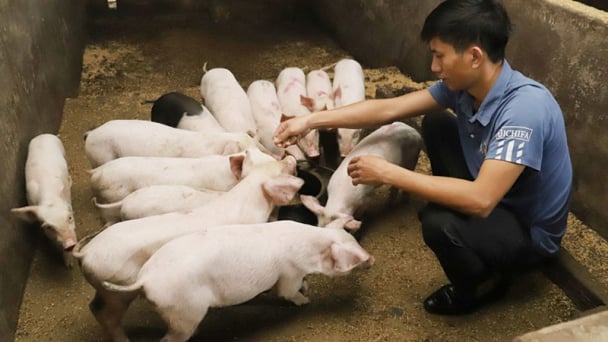
(VAN) Proactively using vaccines, combined with transport control and enhanced surveillance, is the only viable path toward biosecure and sustainable livestock production in Vietnam.
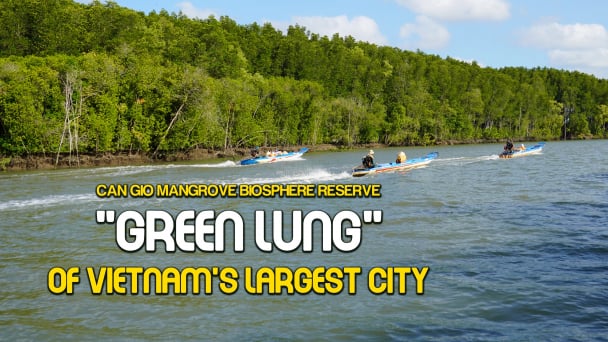
(VAN) Located in the southeast of Ho Chi Minh City, the Can Gio Mangrove Biosphere Reserve is considered the ‘green lung,’ a solid shield protecting the city.
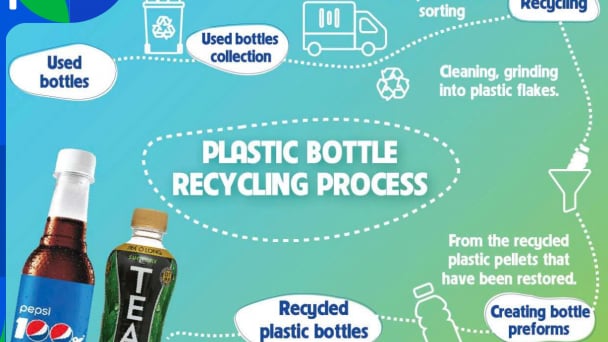
(VAN) To address plastic pollution, closing the plastic recycling cycle will bring significant economic and environmental benefits.
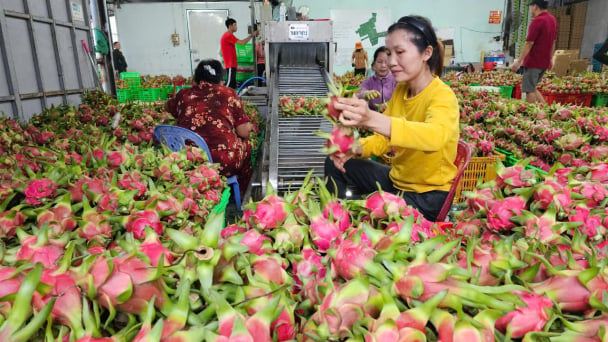
(VAN) According to the Binh Thuan Department of Industry and Trade, in the first five months of 2025, Binh Thuan's dragon fruit export turnover increased by 20.65% compared to the same period last year.
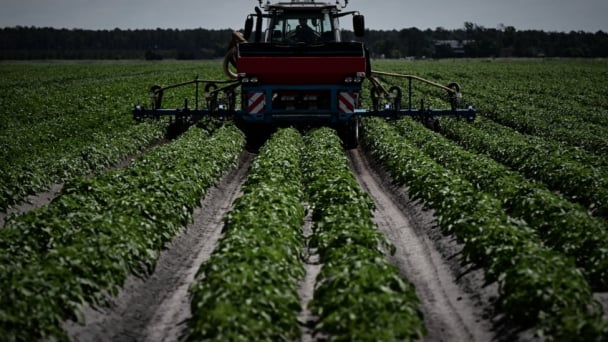
(VAN) EU countries on Thursday gave final approval to new tariffs on fertilizer imports from Russia, a move aimed at cutting off revenue that could support Moscow’s war in Ukraine, despite concerns from European farmers.

(VAN) The working delegation from the Ministry of Agriculture and Environment conducted an important trip to the Netherlands to strengthen strategic partnerships and sustainable development in the agricultural sector.